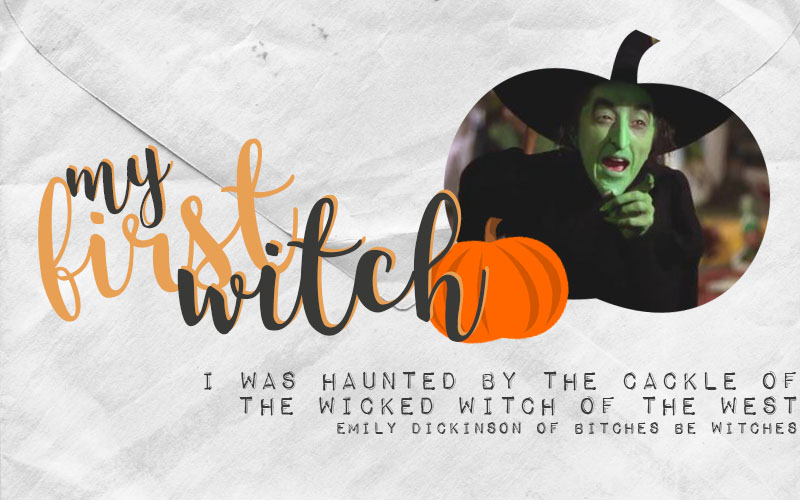
I have a distinct memory of being about ten, sitting in a bedroom alone in the dark watching The Wizard of Oz. I was both transfixed and terrified. I wanted to be Dorothy and, like most people for almost 100 years, I was haunted by the cackle of the Wicked Witch of the West.
“I’ll get you, my pretty! And your little dog, too.”
Shudder. That iconic line had me hiding under a blanket on the lower bunk, peeking out through a little crack when I felt brave enough.
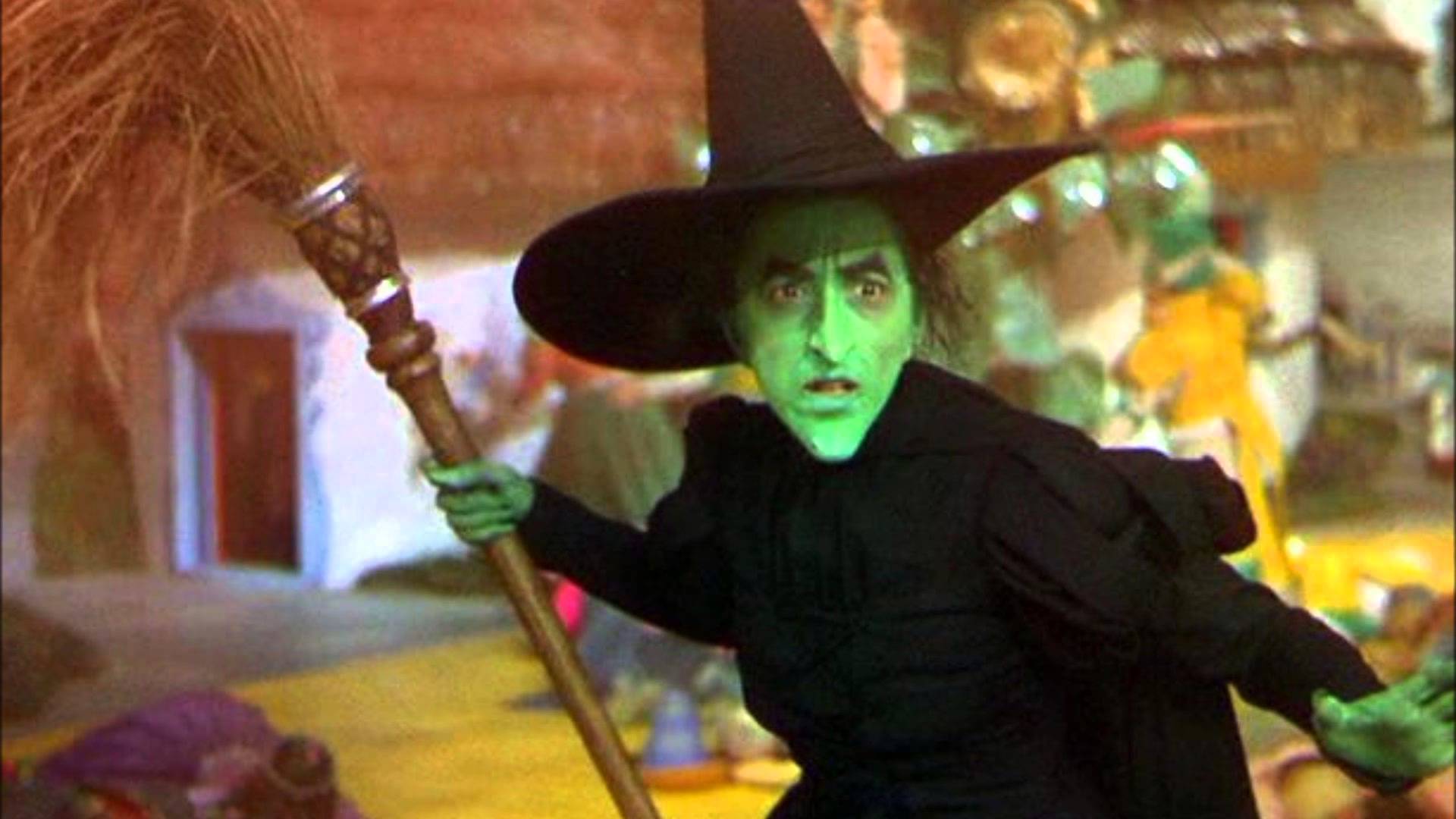
Margaret Hamilton nailed it: her laugh, her hooknose, that green skin. There was something so powerful and terrifying about the way she arrived in that big billowing cloud of bright orange smoke. Despite the fact that she was dealing with the trauma of her sister being crushed by a house, as far as I could tell, she was just evil.
Let’s juxtapose that with her arch nemesis, the beautiful and fairy-like Glinda. I certainly preferred her silvery pink dress and soft, strawberry blonde hair. It was the 1930s, so the writers likely weren’t too worried about creating a female characters with depth and layers. Two options: good or bad. That media influence starts young.
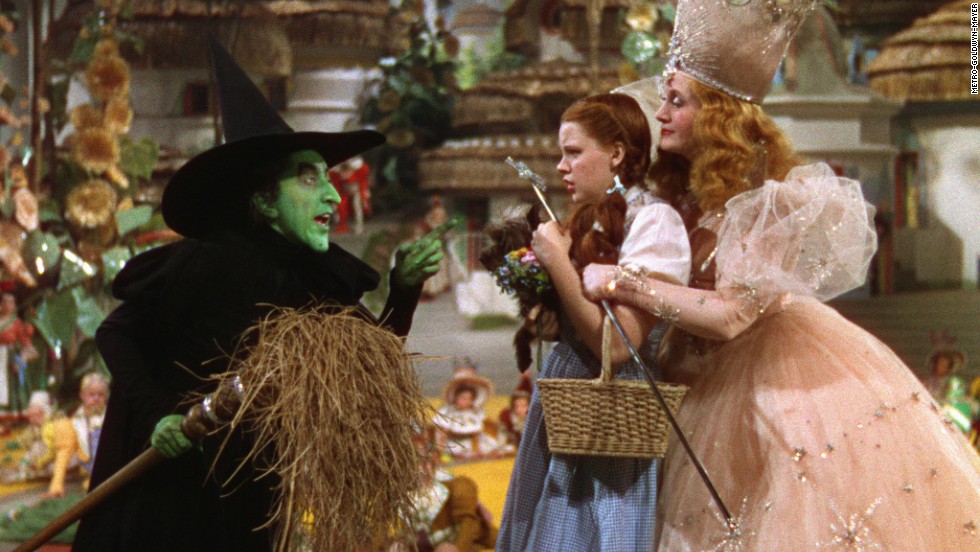
My fear of witches and magic in general started infiltrating my childhood. Around Halloween, I would have severe anxiety about going to the grocery store, because there was a row of witches as decoration in the dairy aisle. They wore all black, had angular faces, and held brooms. I would scream and cry and beg my mom not to make me go down that aisle. I remember her laughing and telling me there was nothing to be afraid of. I didn’t buy it.
In grade four I faced my fear by going to school dressed up as a (bad) witch. My mom did some beautiful green makeup, and I looked legit. I got to school and felt so ashamed to have green skin, that I went to the bathroom and let all that magical face paint go down the drain. I remember thinking the boys wouldn’t like me like this. I wanted to be beautiful and desirable, not the ugly witch.
It’s pretty clear that the portrayal of witches in films and stories can have lasting effects on kids. Movies for children paint women so black and white. The beautiful girl is the good one. The scary/ugly/angular/sexy one is the bad one. The bad one has powers, and uses magic for evil. This archetype needs to be challenged and squashed so that young girls can embrace that inner witch power early on, and not live scared to be something different than the “princess.” This narrative lives in us; it sits in our cells our entire lives, and whether or not we realize it, contributes to this idea that we have to be a certain way.
As a child, I was scared to be different, alone, disliked, or bad.
As an adult, I’m scared to be too powerful, strange, alone, disliked, or perceived as bad.
Of course, as one half of Bitches Be Witches, I certainly embrace witch culture and encourage all people to get more in tune with the powers they naturally possess. From interviewing women for the website and spending a lot of time with my partner, Jess, I’ve learned so much about what it really means to be a witch. I believe that it is openness, a confidence to be true to one’s desires, and honing in on that natural power that pulses through us without judgment. It’s being a trailblazer, not living by society’s limiting rules and beliefs, and challenging that old-school archetype.
The witches I know are incredibly skilled, loving practitioners who use their knowledge and connection to energy to guide others to reach their true essence, too. They use herbs and natural products to help cure ailments. They help guide me if I’m feeling lost or scared. They come in every shape and size.
As I stand here at the very brink of my own journey, every day I face resistance towards going further. I often look at my witch friends with envy and bewilderment. I truly want to go deeper, but there’s always something telling me that I’m not powerful enough, or even worse: I’m too powerful for my own good.
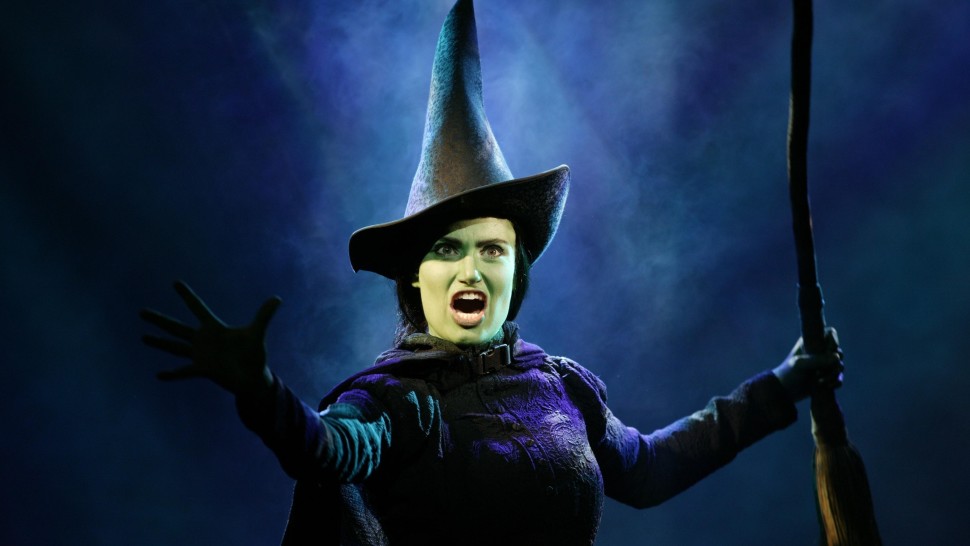
I’ll conclude by saying, at age 20, I saw Wicked: The Musical. The story of Elphaba (The Wicked Witch of the West) gave this famous witch a chance to show audiences around the world her side of the story. I wept in the Mezzanine for her: being misunderstood, being a trailblazer, being treated differently because the colour of her skin. This representation of a so-called evil character changed me. There are a hundred sides to every story.
Every woman is magical. We are all witches.


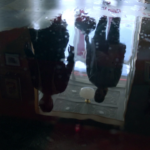
![[OPINION] THE LAST OF US IS AN ENGAGING STORY, BUT I HATE IT](https://geekd-out.com/wp-content/uploads/2019/12/TLOU1-150x150.jpg)